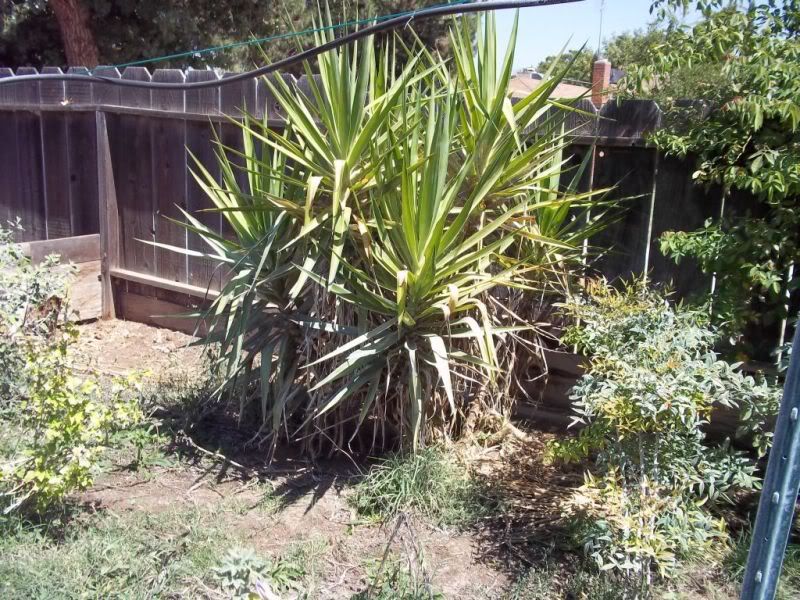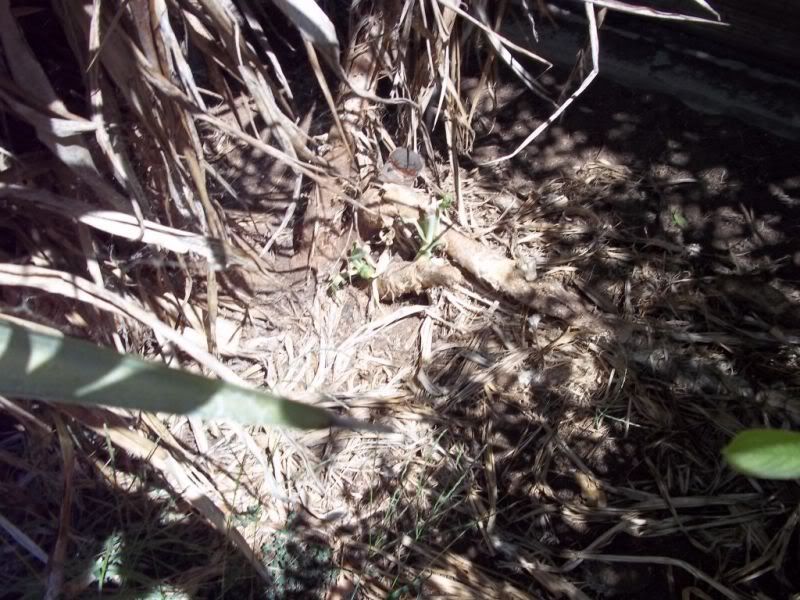I have read all that I can find regarding keepers accounts of what they feed and also what few wild studies have concluded about Manouria diets in the wild. Wild many keepers choose to feed thier Manouria animal protein, studies of adults have revealed that they do not consume any appreciable animal matter. That being said, what I know of other forest dwelling species and what these studies left out, is that many of the juvenile tortoises eat protein and convert to a moslty vegetarian diet as adults. I don't want to deny my Manouria vital protein, but I am also not entirely comfortable feeding animal sources of protein. I am curious as to what the thoughts are regarding adding soaked split peas, lentils, chick peas, alfalfa and clover as 1/3 of the total offered meal two or three times a week to meet the higher protein needs and bypass any of the dangers of animal protein. I am not questioning or intending to discredit keepers that do chose to feed animal sources and have healthy tortoises, but my personal choice is to err on the side of caution. If this is best answered in the Manouria specific section, please feel free to move it.
Thanks In Advance
Thanks In Advance

